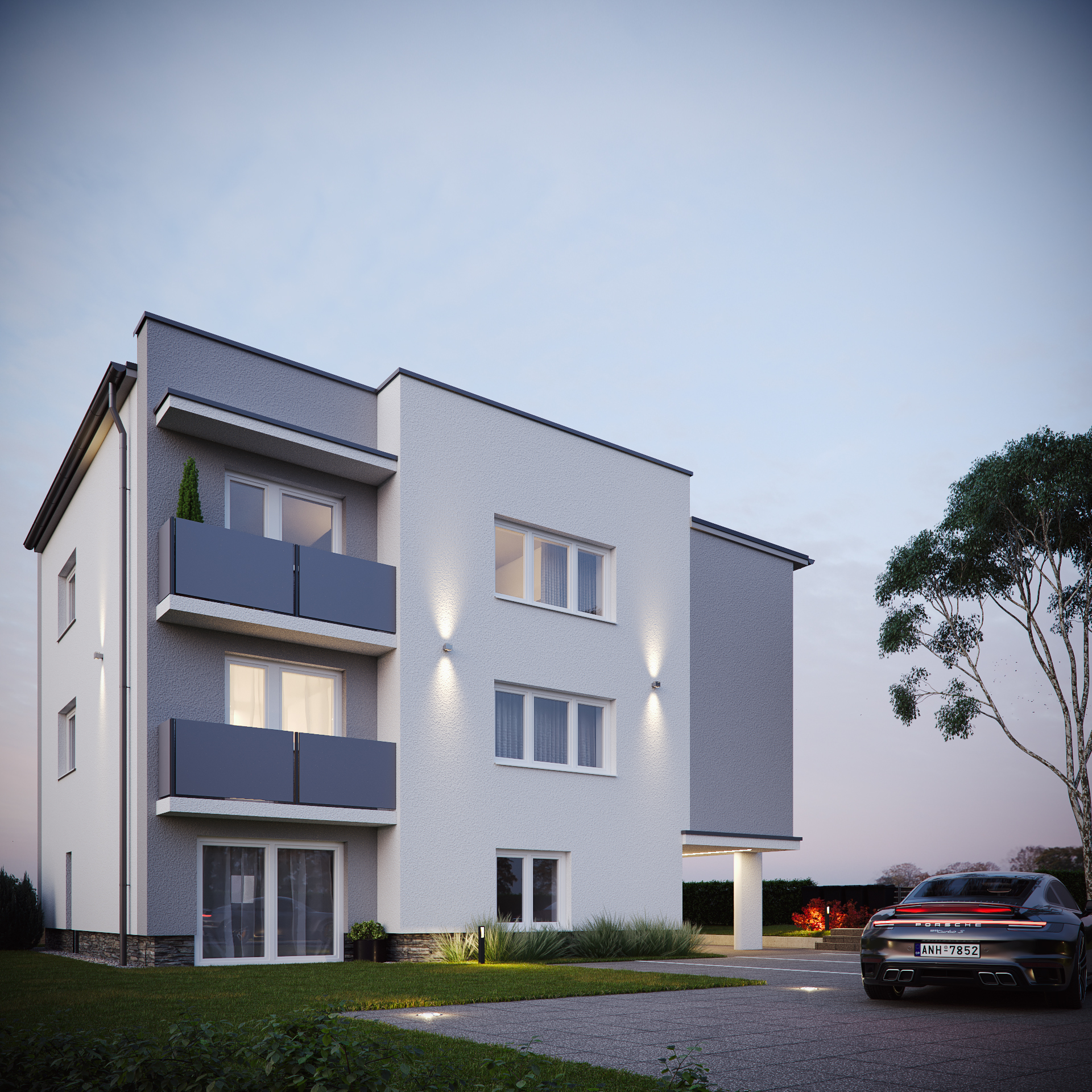6 min.

Editorial Invest in Slovakia

In our second case study, we discuss the investor selection process. How to choose the right investment for you? As an example, we used the investment project Ružová, financed through our platform. How did this project stand up against different investment opportunities?
In the Ružová project, investors had the opportunity to evaluate the total EUR 607 057 in four campaigns with interest from 12,1 % to 13,28 % per year. Thus, in all cases more than 1 % per month, which is almost unprecedented in the real estate market.
Actively managed funds and other investment vehicles also reduce the investor's net return by management fees. After all, everyone wants to be rewarded for their work. When choosing an investment strategy, be sure to consider the amount of management and brokerage fees.
Investments with minimal costs can also be found outside the real estate market - in index funds. Probably the best known index fund in the world is the S&P 500. Based on a 50-year average, it has given investors an annual return of 11.17 %.
The Pink investment project outperformed all alternatives. And it still with the security of the investment property itself!
Crowdfunding is exceptionally well suited for small projects (such as the Pink Project) where the ability to act quickly is key. Waiting 3 to 6 months for bank funding would very likely mean losing the opportunity. The property would have been bought by someone else in short order.
With crowdfunding, the project owner gets access to the funds in a matter of weeks for a fixed return to investors and a brokerage fee. Both are agreed before the campaign starts and are the only expenses to raise funding through the Invest in Slovakia platform.
Crowdfunding allows you to better tailor cash flows to the project itself. Depending on the needs of the project, the owner has the choice of payout on a pay-as-you-go basis or after a complete sale, payout of interest only on a pay-as-you-go basis, or payout of interest plus principal. In general, the longer you are willing to wait for a payout, the higher the payout you can achieve.
In the last two campaigns, the owner of the Pink project has switched to paying returns at the end of the investment period and has thus been able to offer a higher total return.

It is not always possible to find all the benefits in one project. Determine which parameters are key for you. Then you can choose the investment that meets all of them, as much as possible, or the ones that are most important to you.
Whether time, yield, safety (e.g. in the form of low LTV - explained below), benefit to society and the planet (green, eco, low-cost housing), transparency of the investment or the ability to invest with friends is the key factor for you, crowdfunding offers you a solution.
When it comes to real estate, first-time investors are often unnecessarily scared that the project is owned by a company without a track record." In the real estate sector, it is quite common for the owner (developer) of a project to finance and apply for financing for the project through a so-called "SPV" (Special Purpose Vehicle), i.e. through a newly established company created exclusively for one particular project. This is not considered a grey tactic, nor is it necessary to immediately assume an unfair intention to "disappear with the money".
The company is set up with the intention of simplifying the financial structure and therefore the control and transparency of financial flows - which is definitely a good thing. After all, we want us, and especially the owner, to have a clear overview of financial assets and commitments, right? Even if this method is used, the property in question is owned by the company applying for the financing - we will of course make sure of that in our due diligence - in-depth analysis of the project, and the owner. For this purpose, the borrower shall provide us with the results to date and previous completed projects, evidence of their success, as well as a business plan for the new project.
Last but not least, we consider the aforementioned real estate that the debtor is guaranteeing. As a general rule, the lower the LTV (loan to value, i.e. the value of the debt divided by the value of the property), the easier it is for the owner to sell the property in the event of any problems and use the proceeds to pay off all his liabilities. For projects with multiple investment campaigns, the LTV varies over time.
In the case of the Pink Project campaigns, it was like this:
Higher value at the end of the project is not a problem as this is a project close to completion, close to sale. As such, it has already eliminated most of the potential risks (construction and permitting complications, etc.) and is not threatened by long-term market fluctuations.
As an example, during the global crisis in 2008 there was an overall decrease in average prices per m2 in Slovakia by less than 20 % over a period of 6 years (source: NBS).

You can rely on a resilient portfolio in a variety of market situations. It can take a hit without major shocks (downturns), or even still achieve appreciation in turbulent times.
Whether you are just building your portfolio or looking to diversify or hedge in fear of negative market developments in the future, choose the following:
Once you've chosen your market sector, it's time to choose your country. The countries of Central Europe are more or less similar in this respect, both in terms of the economic situation and the state of the construction industry. Throughout the region, private ownership of real estate dominates (85-90 % are purchased, only a small part is rented). This compares to Austria where 50 % are privately owned and 40 % are rented. The difference is mainly due to the fact that "in our country" neither the state nor the municipalities build rental housing, apart from the "cultural custom of ownership", and thus only the private sector satisfies the demand.
Bratislava separates itself from the rest of Slovakia in this respect, where 40 % of the market consists of investment flats for rent and prices are showing the first signs of stagnation.
In the rest of Slovakia, especially in regional cities and their surroundings (Poprad, Prešov, Zvolen, Nitra) prices continue to rise. The growth has slowed down slightly recently, but the market situation still indicates growth. Overall, housing supply has still not met demand, mortgage rates are still relatively low and unemployment is still low. Investors in Slovakia can therefore still look forward to low-risk assessment.
Real estate prices in our country are still rising, although at a more moderate pace, so there is still room for the lowest possible depreciation of free funds, or still a small profit compared to inflation (close to zero, slightly above zero), while the level of risk due to the existence of real estate as a collateral compared to other areas of investment still the lowest.




